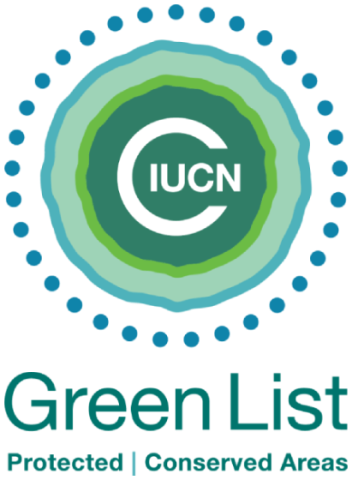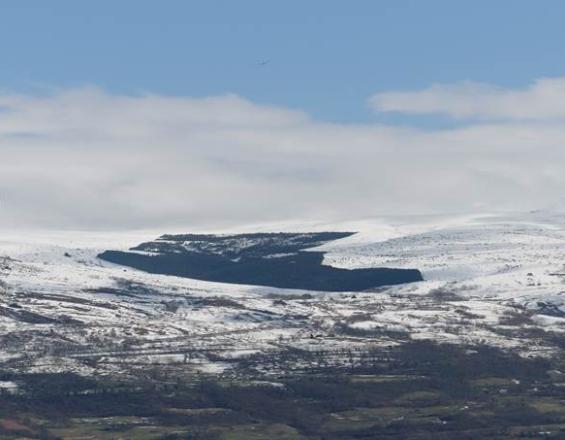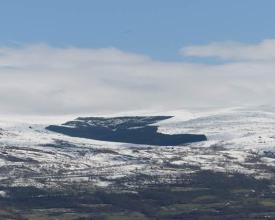

Suite à la forte diminution de la population de vautours, la réserve naturelle d'Ossau a été créée en 1974 sur le territoire du Parc national des Pyrénées pour sauver les quelques dizaines de vautours restants. 40 ans plus tard, des centaines de vautours vivent dans la réserve, et près de 825 dans les Pyrénées françaises. Cette augmentation de la population a conduit au développement du tourisme de nature et à l'élaboration d'un accord d'équarrissage des parcelles avec les agriculteurs locaux.
Contexte
Défis à relever
Emplacement
Traiter
Résumé du processus
Blocs de construction
Développement du tourisme
Facteurs favorables
Leçon apprise
Établissement du rendu de la parcelle
Facteurs favorables
Leçon apprise
Impacts
La création de la réserve nationale d'Ossau, gérée par le Parc national, a entraîné une augmentation significative de la population de vautours dans l'ensemble des Pyrénées. Parmi les autres effets de la réserve, on peut citer - Le développement du tourisme de nature lié à la mise en valeur de ce patrimoine naturel (développement d'un site de visite et de " la falaise aux vautours " (15 000 entrées annuelles, diffusion d'images de caméras filmant les zones de nidification), des sites de mise en réseau des rapaces découverts entre la France et l'Espagne, la création d'un sentier d'interprétation autour des proies, l'augmentation du temps de séjour des oiseaux, l'augmentation de la clientèle étrangère accompagnée par des professionnels de la sortie certifiée. - Rétablissement des liens entre exploitations agricoles et vautours de montagne, vallées d'équarrissage naturel et amélioration de la perception des vautours par les habitants et les agriculteurs.
